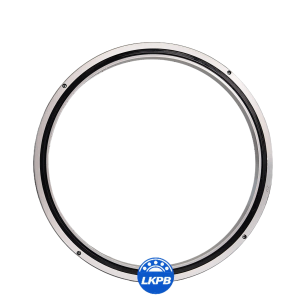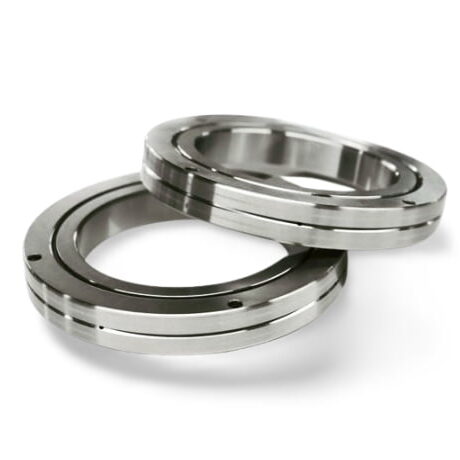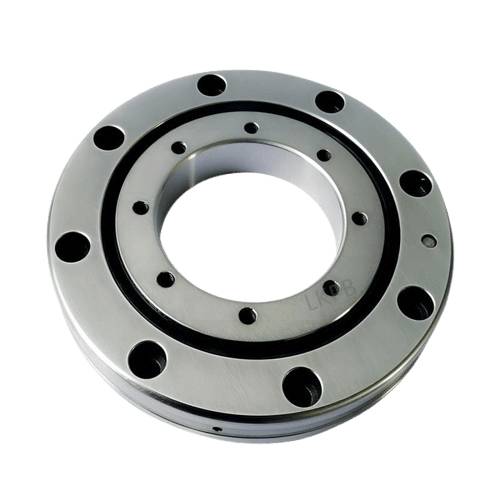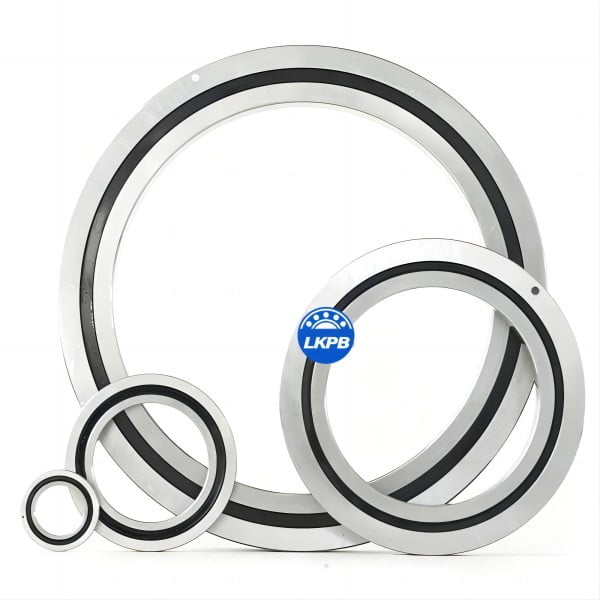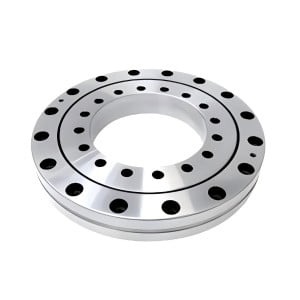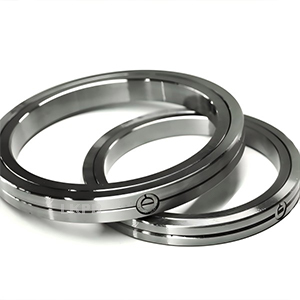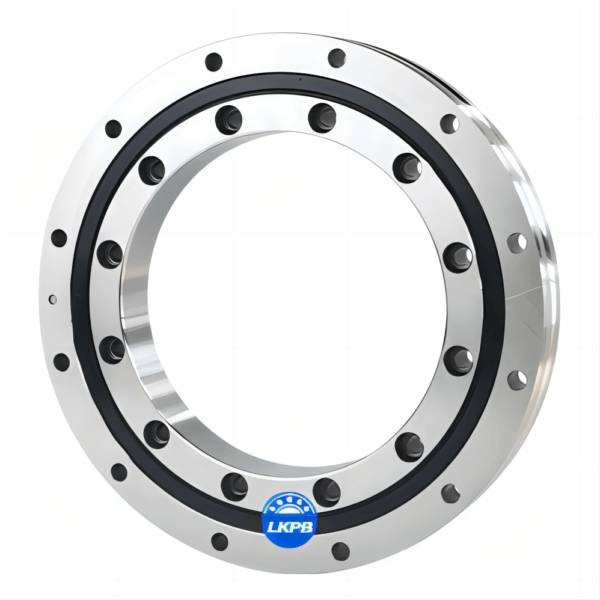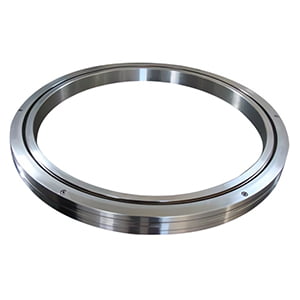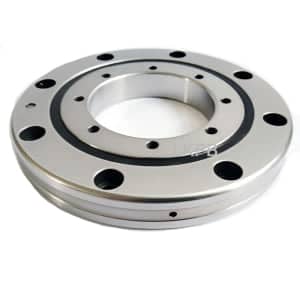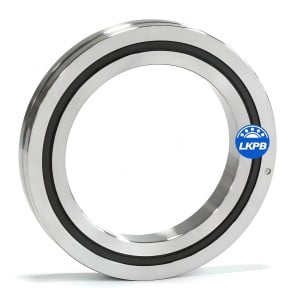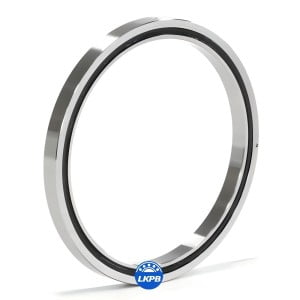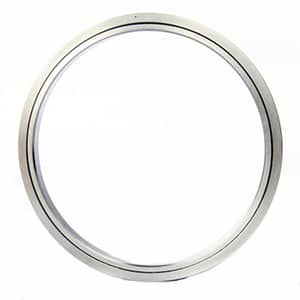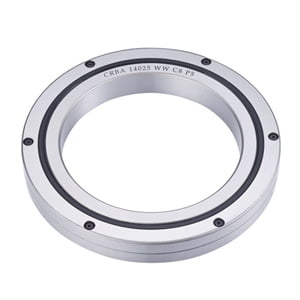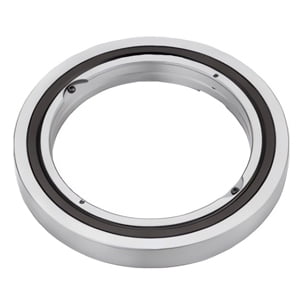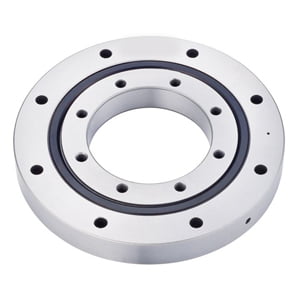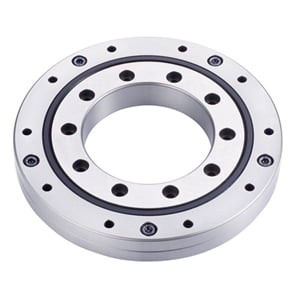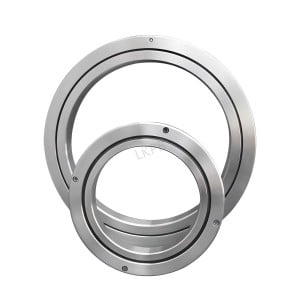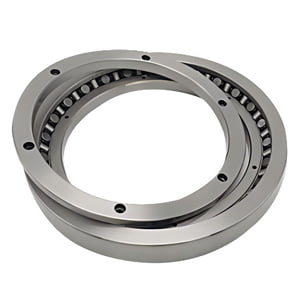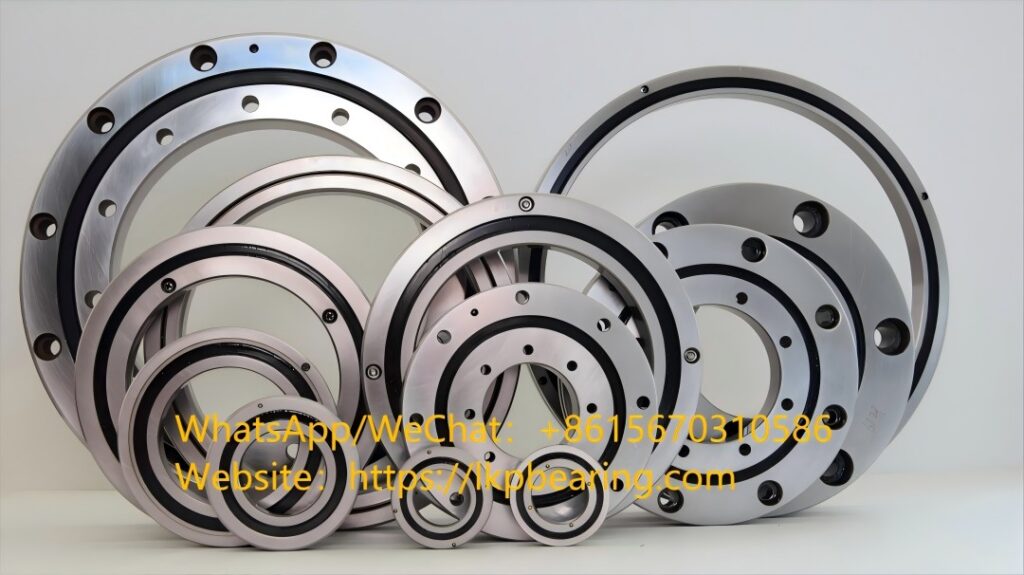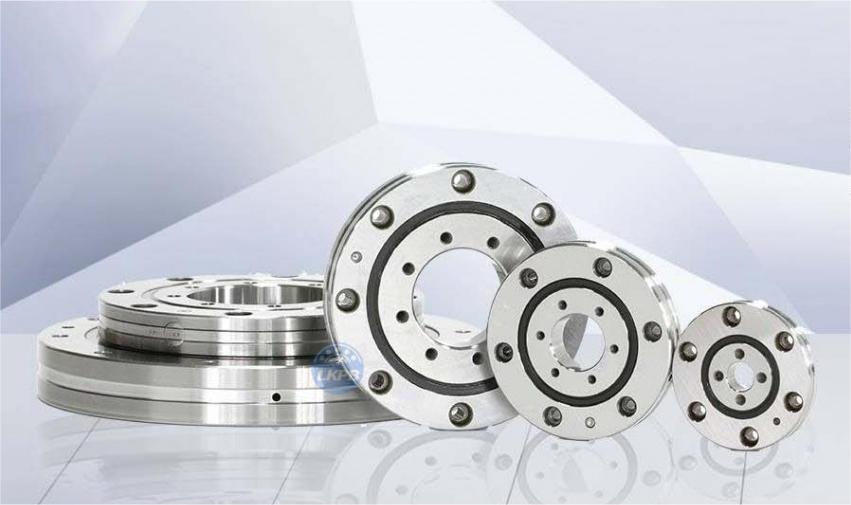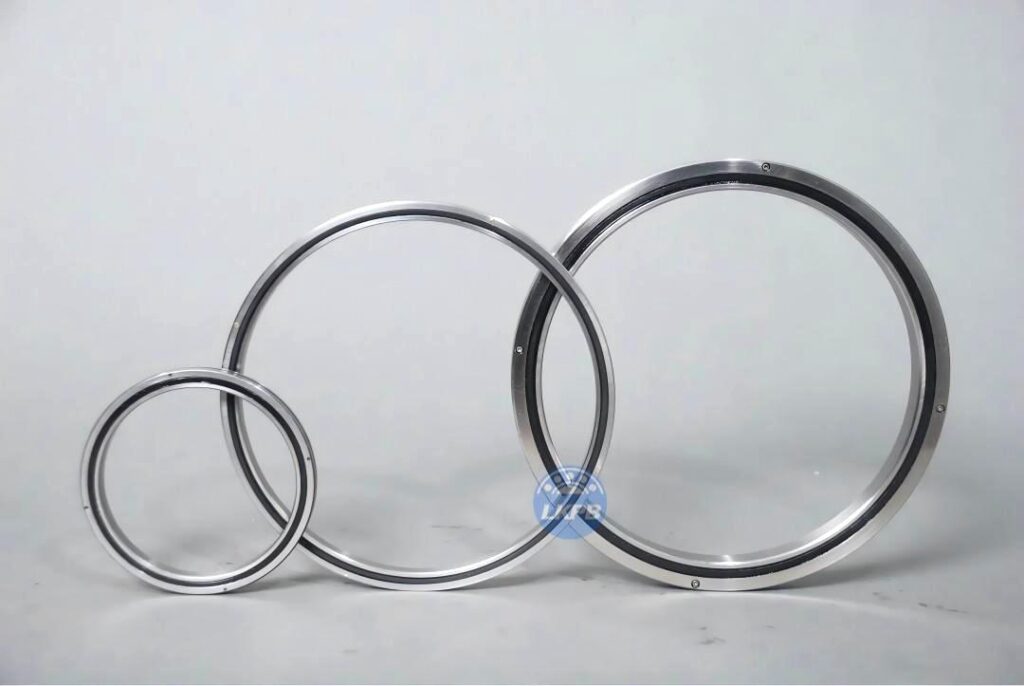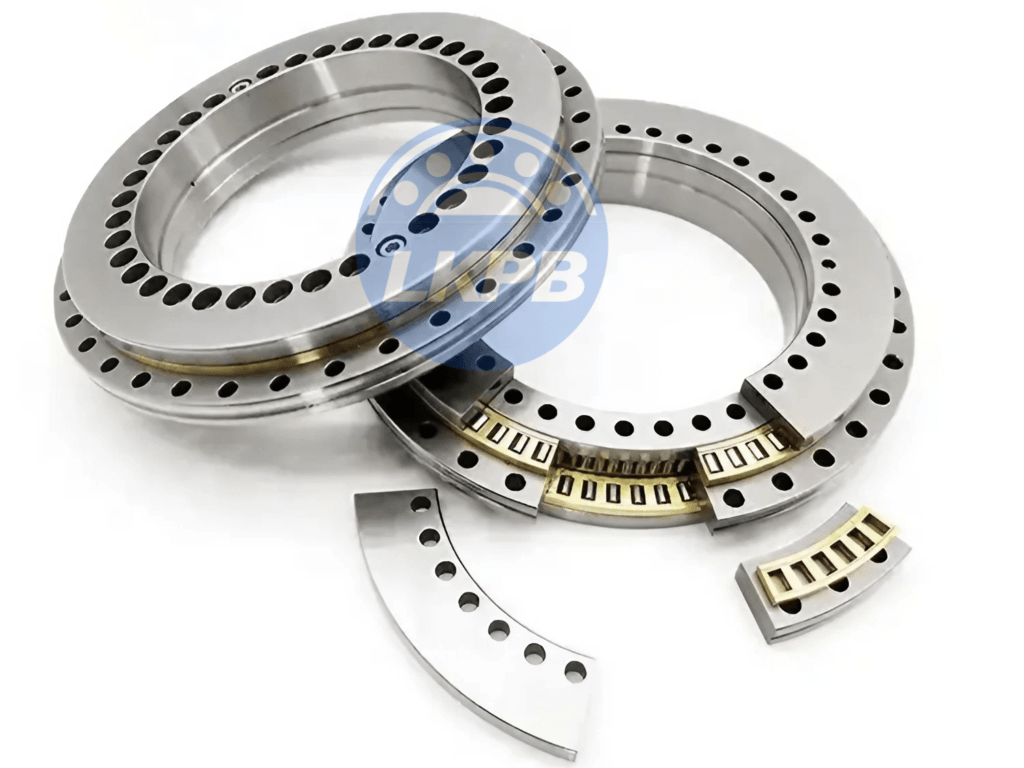Small turntable bearings are critical components in various industrial and commercial applications, ranging from robotics and medical devices to surveillance systems and compact cranes. Selecting the right bearing can significantly impact the efficiency, durability, and performance of your project. This guide will explore key factors to help you make an informed decision when choosing small turntable bearings.
If you’re considering a reliable supplier, LKPB offers a wide range of high-quality turntable bearings tailored to meet diverse project needs.
What Are Small Turntable Bearings, and Why Are They Essential?
Small turntable bearings, often referred to as slewing bearings or slewing rings, are rotational devices designed to support axial, radial, and tilting moment loads. These bearings play a vital role in enabling smooth, precise rotation in limited spaces.
Key Characteristics of Small Turntable Bearings:
- Compact Design: Engineered for applications where space constraints are a concern.
- Load Distribution: Optimized to handle multiple types of loads simultaneously.
- Durability: Manufactured to endure extreme conditions and repetitive motion.
- Versatility: Used across industries such as aerospace, construction, and manufacturing.
Why Are They Essential for Your Project?
- Enhanced Performance: Provide smooth rotational motion without compromising on stability.
- Increased Lifespan: Reduce wear and tear, minimizing maintenance costs.
- Precise Movement: Ideal for applications requiring high accuracy, such as robotics.
Factors to Consider When Choosing a Small Turntable Bearing
Selecting the right turntable bearing requires understanding several technical and operational aspects. Below are key considerations:
1. Load Capacity
Every application exerts different types of loads:
- Axial Load: Force parallel to the axis of rotation.
- Radial Load: Force perpendicular to the axis.
- Tilting Moment Load: Torque applied due to eccentric loads.
To ensure optimal performance, the bearing must handle these loads effectively. Manufacturers like LKPB provide detailed load ratings for their bearings, making it easier to choose the right one.
2. Rotation Accuracy
High-precision applications, such as medical imaging equipment, demand bearings with minimal rotational clearance. Check for specifications like:
- Clearance Tolerance: Lower values indicate higher precision.
- Preloaded Bearings: These eliminate play, ensuring stability.
3. Material Composition
Turntable bearings are typically made from:
- Carbon Steel: Offers strength and cost-efficiency.
- Stainless Steel: Ideal for corrosive environments.
- Custom Coatings: For specific requirements like heat resistance or lubrication-free operation.
LKPB specializes in bearings with customizable materials to suit unique project demands.
Common Applications of Small Turntable Bearings
Understanding where these bearings are used can help you select the right features for your project.
1. Robotics
Robotic arms and automated systems require compact bearings for precise movements. Bearings in this category prioritize:
- High Speed: To support rapid rotations.
- Low Noise: Essential in environments like labs or clean rooms.
2. Medical Devices
Applications such as CT scanners and surgical tables depend on:
- High Precision: For accurate patient positioning.
- Corrosion Resistance: Due to sterilization requirements.
3. Surveillance Systems
Rotating cameras and radar systems benefit from:
- Weatherproof Bearings: Designed to operate in harsh outdoor conditions.
- Lightweight Design: To reduce equipment strain.
Maintenance Tips to Extend the Lifespan of Turntable Bearings
Proper maintenance ensures the longevity of your bearings and reduces the risk of costly downtime.
1. Regular Lubrication
Apply grease or oil as specified by the manufacturer. Over-lubrication or under-lubrication can damage the bearing.
2. Inspection and Cleaning
- Remove debris and contaminants periodically.
- Check for visible wear, cracks, or deformation.
3. Proper Installation
Improper mounting can lead to misalignment, reducing efficiency. Always follow installation guidelines from trusted brands like LKPB.
How to Match Turntable Bearings with Your Specific Requirements
Customizing your selection ensures the bearing meets all operational demands.
1. Consult with Experts
Engage with suppliers like LKPB that offer technical consultations to match their products with your project requirements.
2. Explore Non-Standard Options
If off-the-shelf solutions don’t fit, consider non-standard customization. LKPB provides OEM services to create bespoke bearings.
3. Review Certifications
Ensure the bearing complies with industry standards like ISO or CE for reliability.



